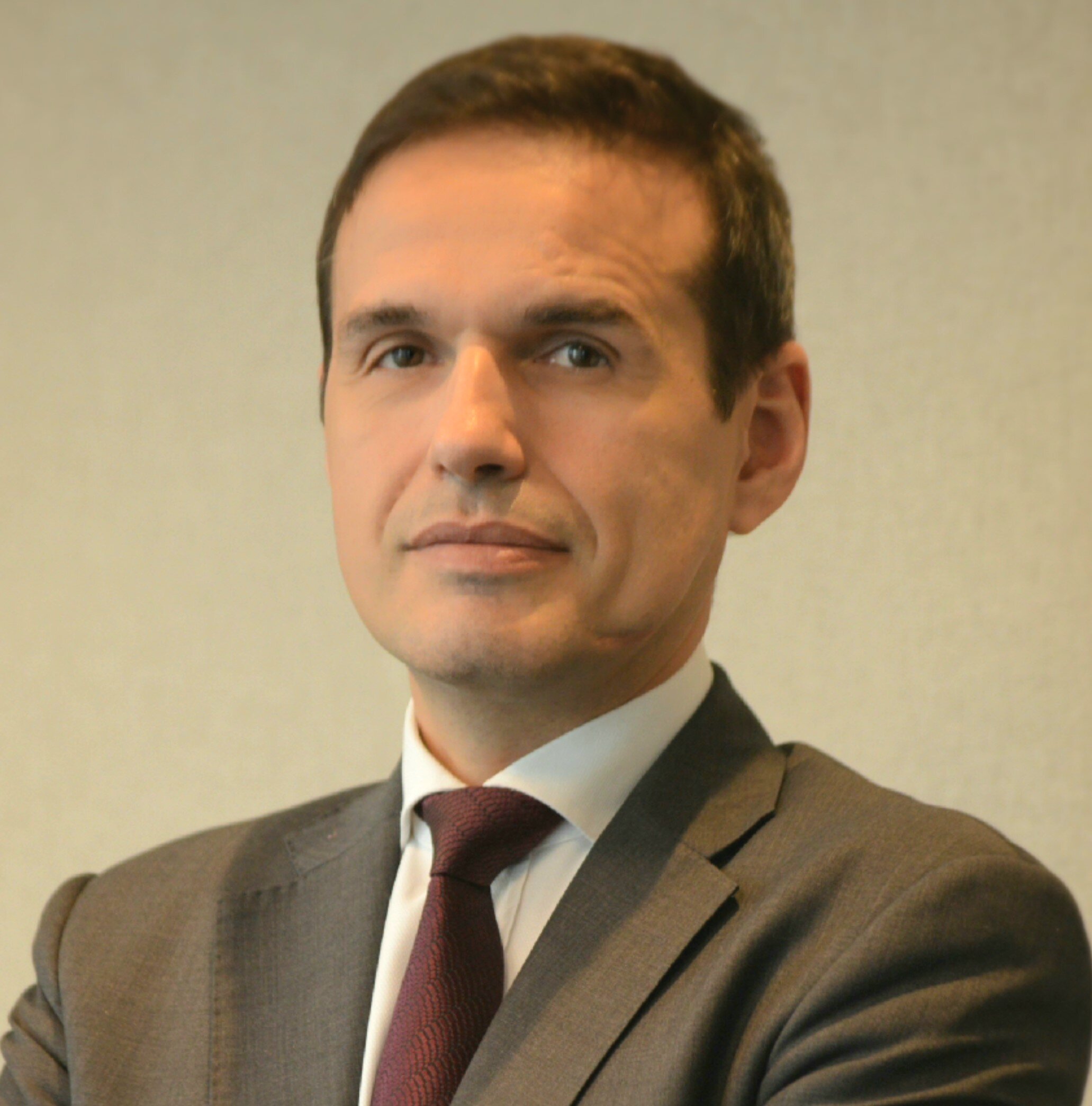Episode 4
Driving the ESG agenda in Treasury
As businesses in all industries place environmental, social and governance (ESG) issues at the core of their strategy, treasurers are keen to support the company’s ESG agenda, as well as creating an impact within their own business function. Given the breadth of sustainability and ESG issues, and diverse priorities, it can be difficult to determine where to focus in order to make the most impact.
For the fourth episode of the Journeys to Treasury podcast, Helen Sanders, speaks with (below, left to right):
Viktor Ivanov, Head of Sustainability for Transaction Banking, EMEA, BNP Paribas;
Stanton Miller, Deputy Head of Treasury Solutions, Bank of the West; and
Patrick Simeon, EACT.
Importance of ESG for treasury
Profitability has traditionally been the primary measure of a company’s success, but increasingly, customers, investors, employees and other stakeholders are calling on businesses to be good corporate citizens and prioritise environmental and social concerns. The responsibility of corporate citizenship falls on treasury in the same way as every other business function.
Treasurers already play a significant role in choosing business partners, such as banks, and measuring counterparty risk. ESG performance is an increasingly important risk factor, both in enabling a company to meet its own ESG objectives, and the risk of reputational damage through poor performance amongst suppliers. Treasurers take a long-term view of the future sustainability of the business, whether through financing, investment and managing risk, of which ESG performance is an essential element. Consequently, treasurers need to engage with the sustainability and ESG agenda and determine how they can contribute to these objectives today and finance sustainability in the longer term, whilst also helping to support more resilient and sustainable supply chains.
Overcoming obstacles
Companies taking an early lead on sustainability issues were often challenged to identify what ESG and sustainability meant in practice, and what measures they should use. Today, companies typically align their ESG objectives with the United Nations Sustainable Development Goals; however, there can still be some uncertainty when translating these objectives into appropriate metrics that can be measured in a transparent and auditable way, particularly when looking at ESG performance across supply chains. Patrick Simeon, EACT highlights,
“The lack of clear and auditable metrics is an obstacle to a credible and robust sustainability financing market; however, there is progress underway, such as European Union’s Sustainability-Related Disclosure Regulation (SFDR) in 2019, and Taxonomy Regulation in 2020.”
Treasurers do not lead on the sustainability agenda, but they have an important influencing role due to their bank relationships, and role in risk management, financing, investment and trade finance, each of which is impacted by the company’s sustainability strategy and objectives. This involves collaboration with multiple divisions within the business, such as procurement, sales, accounts payable, head of sustainability and CFO.
Financing responsible businesses and supply chains
Within treasurers’ specific areas of responsibilities, the opportunities to contribute to, demonstrate and finance the sustainability agenda are growing rapidly. Green issuance reached a record $269.5 billion in 2020, led by United States, Germany, France, China and the Netherlands. Mobility companies, both transport operators and automotive industry were amongst the most prevalent corporate issuers[1]. Blue bonds, other sustainable bonds and sustainability-linked loans have also experienced significant growth.
From an investment perspective too, improved disclosure and monitoring is helping to create new investment opportunities, including sustainable deposits, and a growing range of ESG funds. Viktor Ivanov, Head of Sustainability for Transaction Banking, EMEA, BNP Paribas explains,
“We recently launched sustainable deposits, an innovative offering based on traditional term deposits, whereby the money that clients invest is used to support a portfolio of loans that have a direct and positive contribution to the United Nations Sustainable Development Goals.”
Influencing change
Treasurers also have the opportunity to drive change through their partnerships, such as with banks. Increasingly, treasurers are including ESG performance and strategy as part of their bank and technology vendor selection criteria, which in turn influences their priorities. Banks are taking this responsibility seriously, as Stanton Miller, Deputy Head of Treasury Solutions, Bank of the West comments,
“Banks need to step up and lead the ESG discussion. Banks lend $9 of every $10 that is invested, so where treasurers put their money matters.[2] At Bank of the West, for example, we are restricting financing for environmentally harmful activities, such as arctic drilling, coal-fired power generation, big tobacco and palm oil, and prioritising investment in sustainability. We’re also working collectively for others, including becoming the only major bank member of 1% For the Planet, the Conservation Alliance, Protect our Winters and the Sustainable Ocean Alliance.”
Treasurers also have a role in influencing and shaping ESG performance across their supply chains, which is essential given that suppliers (whether direct (or tier one) or indirect (or tier two onwards)) will often represent the largest part of a company’s environmental and social footprint. While procurement and sustainability teams will typically work with suppliers to establish common ESG objectives and monitoring, treasurers can support the process through innovative sustainable financing, including trade finance and reverse factoring (supply chain finance).
Starting on the ESG journey
Treasurers are at different stages in shaping the environmental and social priorities within their own teams, including diversity and inclusion, and contributing to the company’s wider ESG agenda, and those earlier in in this journey may find it difficult to determine where best to start. Stanton Miller, Bank of the West urges,
“Take the opportunity to learn about what’s happening in your own business, amongst your competitors and more widely. And when you’ve identified the key priorities for your business, decide on one aspect of ESG to start with. Start small - It could be building a roadmap, or building ESG considerations into a business decision, don't worry about it being perfect, but just start.”
In the next episode…
An Evolution and Revolution in Digital Payments?



